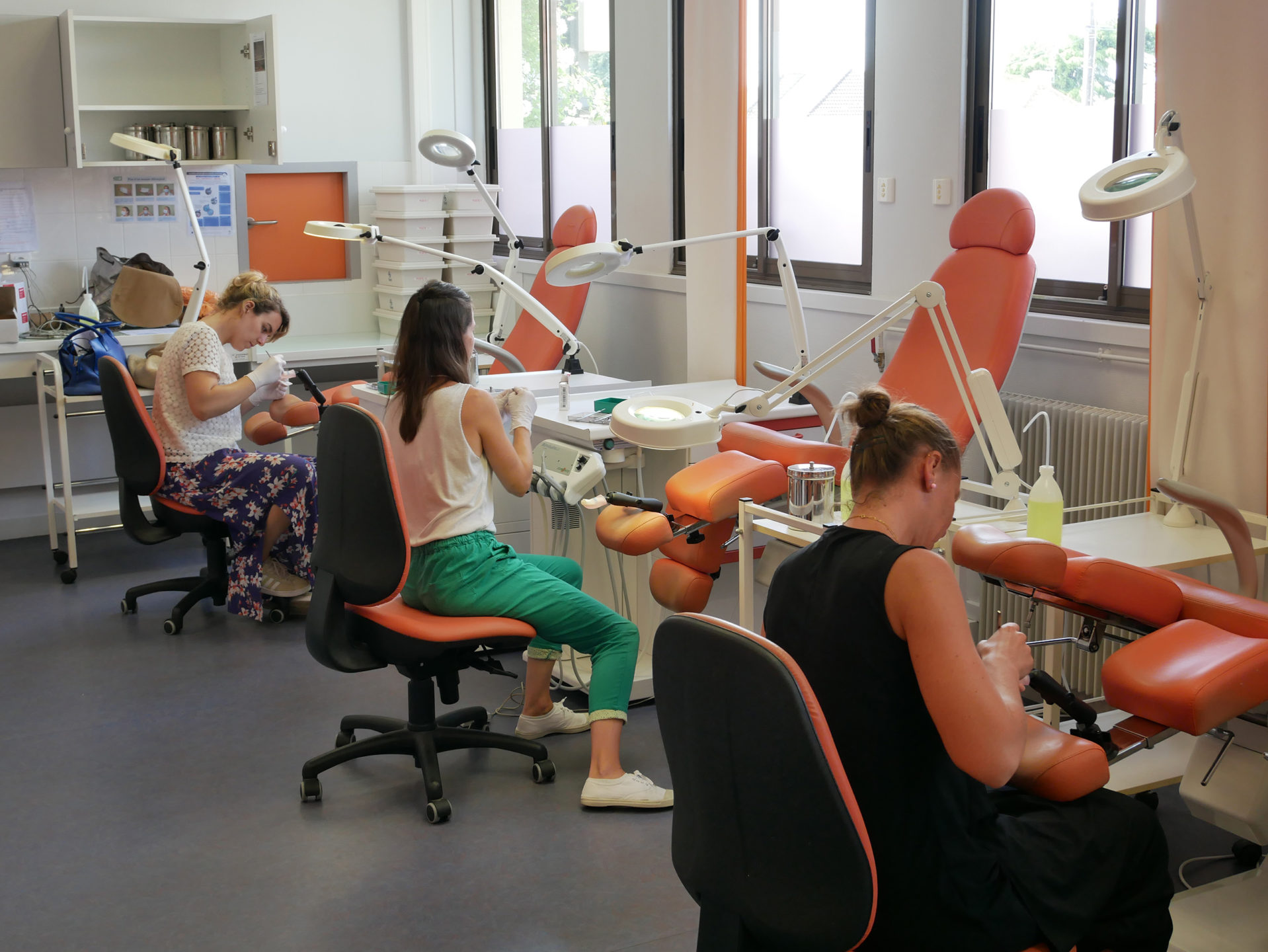Enhance patient outcomes and provide good quality of care

Caregivers: deliver better care with innovative medical devices and 3D printed surgical simulators
Your need
Plan your surgical interventions on patient-specific models
The preparation of an operation is crucial to its success.
Plan the stages of your surgery in advance to facilitate the evaluation of an anatomy and/or pathology, save time in the preparation and performance of the operation, and also reduce the risk of error.
Our solution
Use tailor-made teaching tools that accurately represent the anatomy of the patient you are going to operate on (based on patient data such as CT scan, MRI).
Your need
Accelerate your medical device development
You are involved in research projects to improve the management of certain diseases and wish to boost the performance of medical devices on the market.
Our solution
Have high quality specific medical devices developed to meet your needs quickly.
Your need
Make your patient an active participant in his or her care
A well-informed patient is a patient who is reassured thanks to a better understanding of the care he or she will receive. They are also better able to follow post-operative and rehabilitation instructions.
Our solution
3D printed models can help the caregiver to explain the different stages of care and for the patient to better understand their disease.
Your need
Train to perform new or complex surgical procedures
Never the first time on the patient is a mantra!
However, it is not always easy to respect it: some pathologies are not frequent and training becomes difficult. Nevertheless, it is necessary to be able to train for this type of intervention
Our solution
We equip you with 3D printed surgical simulators that can reproduce the sensations of the operating theatre with precision and allow realistic training.
Frequently asked questions
Yes, we need your patient’s consent to create a template from their data.
Also, it must be anonymized to fully comply with the General Data Protection Regulation (GDPR).
Our teams are currently working on studies to produce sterilizable parts for the hospital (by autoclave or cold sterilization).
In the meantime, we can also propose you to use a sheath, which can be an alternative to take your anatomical model to the operating room.
3D printed surgical simulators are educational tools for surgeon training. They allow training in all stages of complex surgeries as many times as necessary.
We reproduce parts of the anatomy, with or without pathology, using different materials allowing us to represent both hard and soft tissues, to make the simulation experience realistic in terms of sensation.
We offer an ethical alternative to cadavers and animals. Our simulators can for example be used during surgical training.
Most of our surgical simulators are composed of two elements:
- A reusable simulation environment reproducing the anatomical region of interest, allowing a close-to-reality rendering
- A single-use cartridge, which allows you to keep your simulation environments for a long time, changing only what is necessary